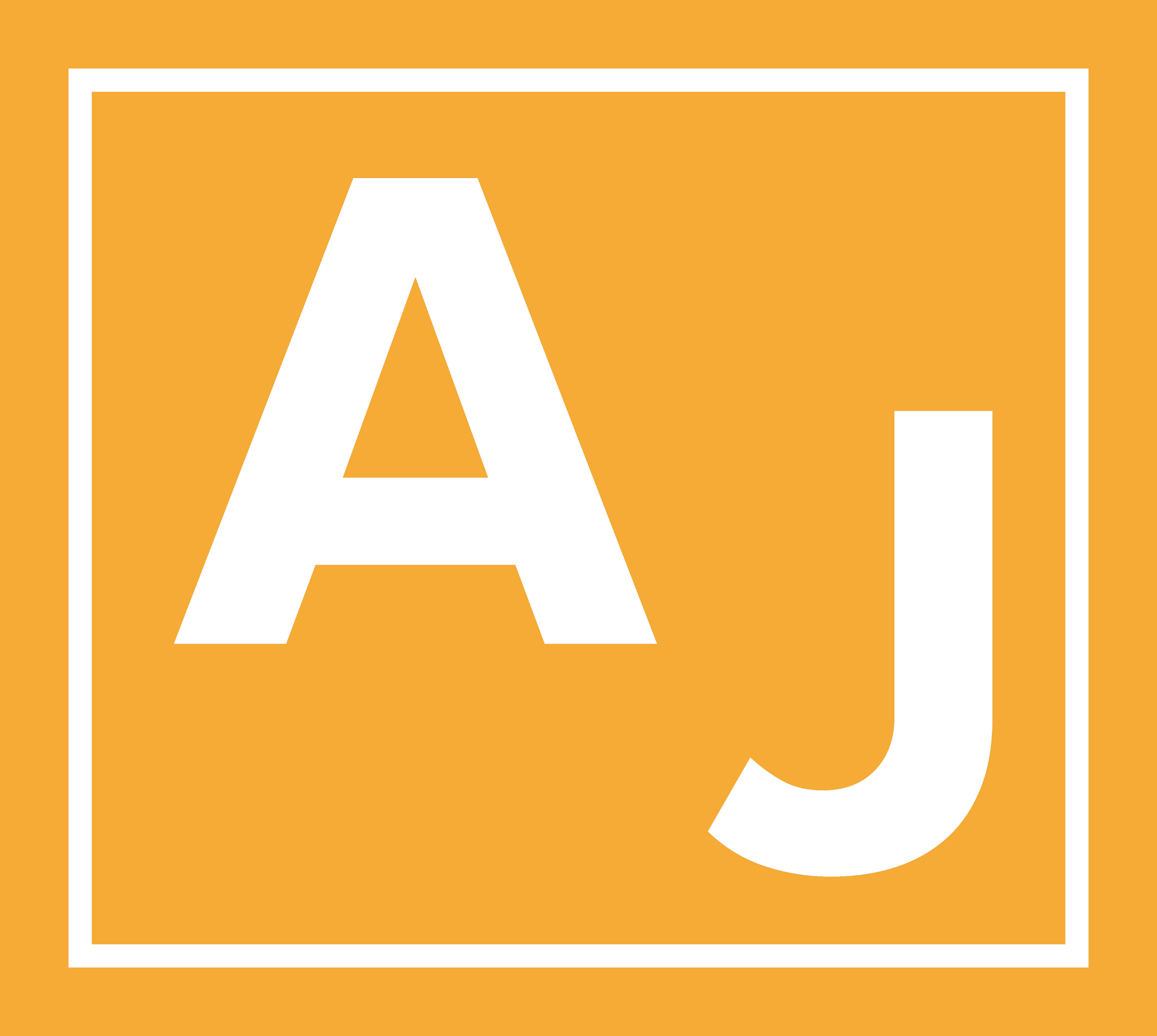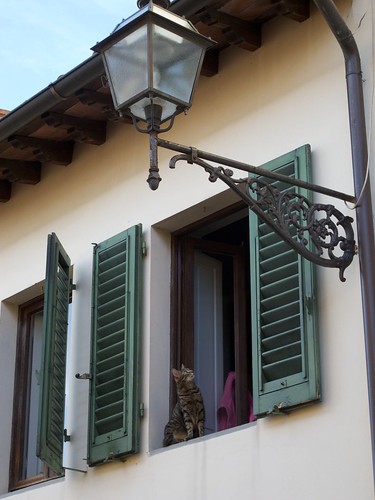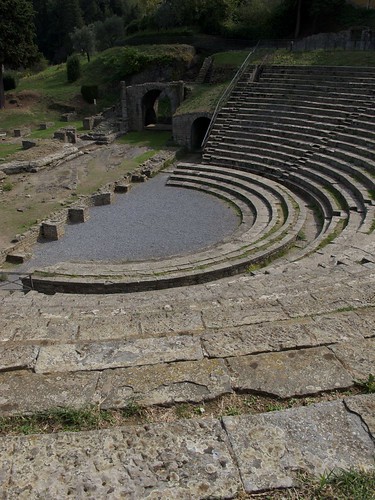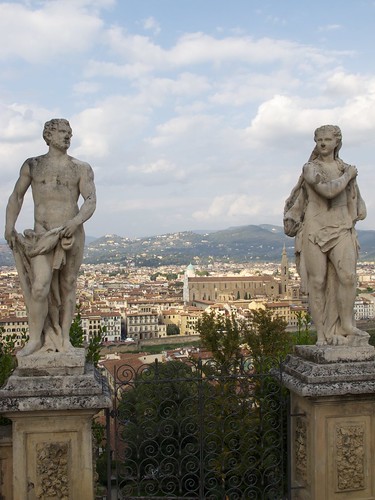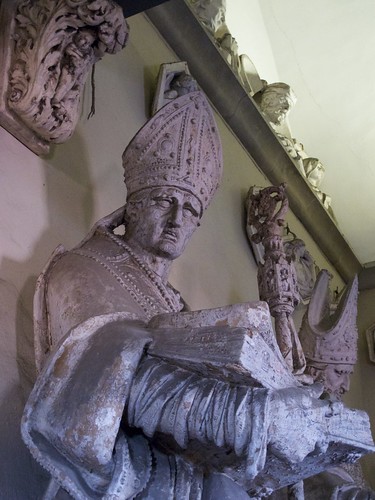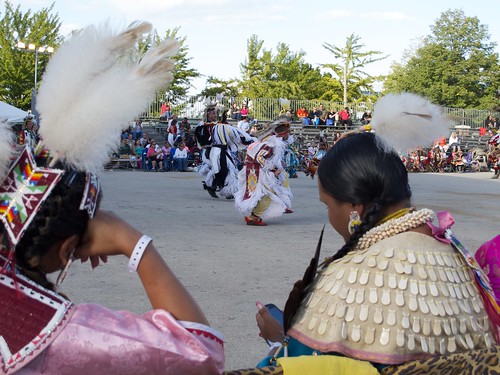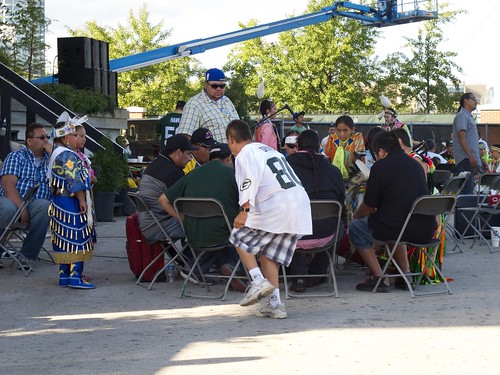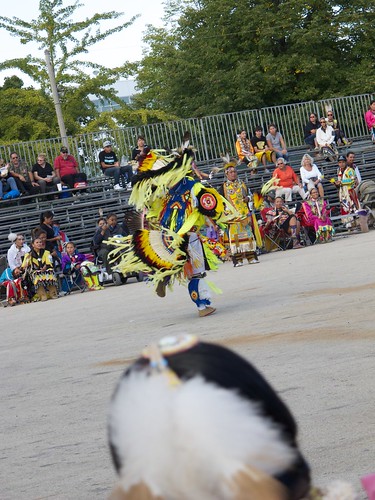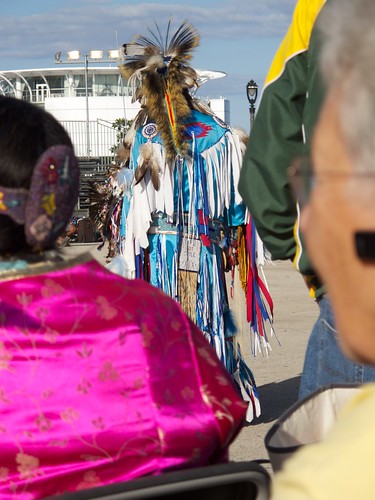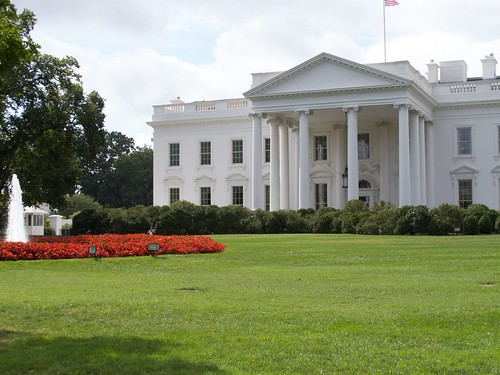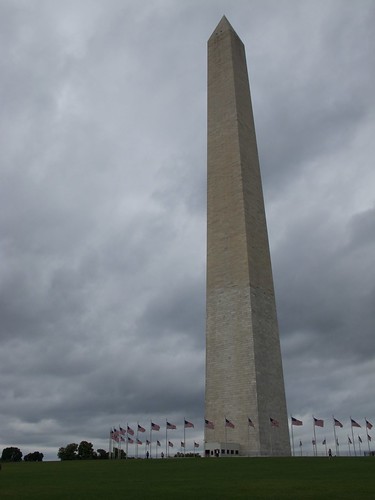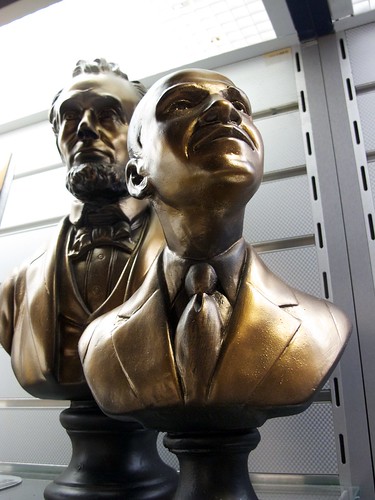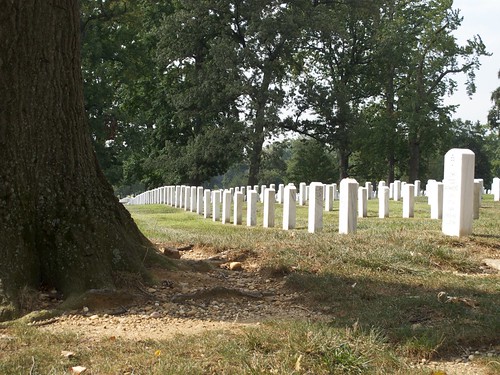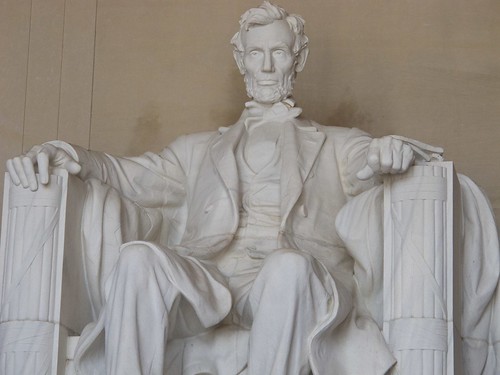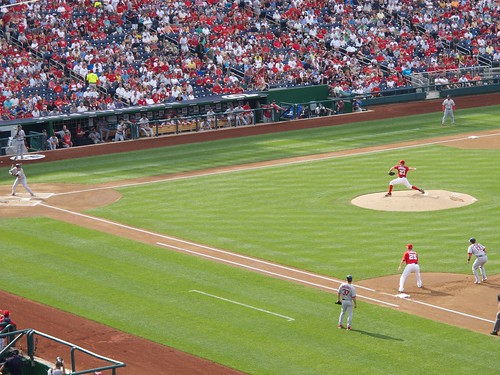Another semester, another syllabus. This winter I’ll be teaching an introductory course to political communication again. Since the winter semesters are a bit longer in Germany than the summer semester I had the chance to add a few topical sessions. The biggest change is probably the addition of the session on “Personalized Political Communication” (to borrow a the term by Rasmus Kleis Nielsen). The session deals with the increasing use of personal contacts in US campaigns.
As always, if you have advice on the syllabus or if you think I’m missing crucial texts or concepts, please let me know.
General Readings
Denis McQuail. 2010. “News Public Opinion and Political Communication,” in: McQuail’s Mass Communication Theory. 6. Auflage. London: Sage, 503-536.
Donald R. Kinder. 2003. “Communication and Politics in the Age of Information,” in: David O. Sears, Leonie Huddy and Robert Jervis (eds.). Oxford Handbook of Political Psychology. New York: Oxford University Press, 357-393.
Holli A. Semetko. 2004. “Media, Public Opinion, and Political Action,” in: John D. H. Downing, Denis McQuail, Philip Schlesinger and Ellen Wartella (eds.). The Sage Handbook of Media Studies. Thousand Oaks, CA: Sage, 351-374.
Winfried Schulz. 2011. Politische Kommunikation: Theoretische Ansätze und Ergebnisse empirischer Forschung. 3rd Edition. Wiesbaden: VS Verlag für Sozialwissenschaften.
How To Do Presentations
Garr Reynolds. 2008. Presentation Zen: Simple Ideas on Presentation Design and Delivery. Berkeley: New Riders.
Nancy Duarte. 2008. slide: ology: The Art and Science of Presentation Design. Beijing (a.o.): O’Reilly.
Nancy Duarte. 2010. resonate: Present Visual Stories that Transform Audiences. Hoboken (a.o.): John Wiley & Sons.
Introduction
Werner J. Severin and James W. Tankard. 1992. “Scientific Method,” in: Communication Theories: Origins, Methods, and Uses in the Mass Media. 3. Auflage. New York: Longman, 19-35.
Werner J. Severin and James W. Tankard. 1992. “Effects of Mass Communication,” in: Communication Theories: Origins, Methods, and Uses in the Mass Media. 3. Auflage. New York: Longman, 247-268.
Strong Media Effects and Propaganda
Mandatory Reading:
Paul F. Lazarsfeld and Robert K. Merton. 1949. “Studies in Radio and Film Propaganda,” Transactions of the New York Academy of Sciences 6, 58-79. Reprinted in: Robert K. Merton (ed.). 1968. Social Theory and Social Structure. New York: Free Press, 563-582.
Presentation on:
Harold D. Laswell. 1971 [1927]. “Chapter 1: The Matter in Hand”, “Chaper 8: Conditions and Methods of Propaganda: A Summary”, “Chapter 9: The Results of Propaganda.” Propaganda Technique in World War 1. Cambridge, MA, u.a.: The M.I.T. Press, 1-18; 185-213; 214-222.
Samuel J. Eldersveld. 1956. “Experimental Propaganda Techniques and Voting Behavior,” The American Political Science Review 50 (1), 154-165.
Klaus Merten. 2000. “Struktur und Funktion von Propaganda,” Publizistik 45 (2), 143-162.
Limited Effects: Opinion Leaders and Two-Step-Flow of Communication
Mandatory Reading:
Bernard R. Berelson, Paul F. Lazarsfeld and William N. McPhee. 1954. “Social Process: Small Groups and Political Discussion.” In: Voting: A Study of Opinion Formation in a Presidential Campaign. Chicago and London: The University of Chicago Press, 88-117.
Steven H. Chaffee and John L. Hochheimer. 1982. “The Beginnings of Political Communication Research in the US: Origins of the Limited Effects Model”, in: Everett M. Rogers and Francis Balle (eds.). The Media Revolution in America and Western Europe. Norwood, NJ: Ablex, 263-283.
Presentation on:
John P. Robinson. 1976. “Interpersonal Influence in Election Campaigns: Two Step-Flow Hypotheses.” Public Opinion Quarterly 40 (3), 304-319.
W. Lance Bennett and Jarol B. Manheim. 2006. “The One-Step Flow of Communication.” The Annals of the American Academy of Political and Social Science 608, 213-232.
Duncan Watts and Peter Sheridan Dodds. 2007. “Influentials, Networks, and Public Opinion Formation.” Journal of Consumer Research 34, 441-458.
Limited Effects: Reinforcement and Selectivity
Mandatory Reading:
Joseph T. Klapper. 1960. “Reinforcement, Minor Change, and Related Phenomena,” in: The Effects of Mass Communication. New York: Free Press, 15-52.
David O. Sears and Jonathan L. Freedman. 1965. “Selective Exposure to Information: A Critical Review,” Public Opinion Quarterly 31 (2), 194-213.
Presentation on:
Wolfgang Donsbach. 1991. “Exposure to Political Content in Newspapers: The Impact of Cognitive Dissonance on Readers’ Selectivity.” European Journal of Communication 6 (2), 155-186.
Natalie Jomini Stroud. 2008. “Media Use and Political Predispositions: Revisiting the Concept of Selective Exposure,” Political Behavior 30 (3), 341-366.
Shanto Iyengar and Kyu S. Hahn. 2009. “Red Media, Blue Media: Evidence of Ideological Selectivity in Media Use,” Journal of Communication 59 (1), 19-39.
Return to the Concept of Powerful Mass Media: Spiral of Silence
Mandatory Reading:
Elisabeth Noelle-Neumann. 1991. “The Theory of Public Opinion: The Concept of the Spiral of Silence,” in: James A. Anderson (ed.). Communication Yearbook 14. Newbury Park, CA: Sage, 256-287.
Serge Moscovici. 1991. “Silent Majorities and Loud Minorities,” in: James A. Anderson (ed.). Communication Yearbook 14. Newbury Park, CA: Sage, 298-308.
Presentation on:
Diana C. Mutz and Joe Soss. 1997. “Reading Public Opinion: The Influence of News Coverage on Perceptions of Public Sentiment,” Public Opinion Quarterly 61 (3), 431-451.
Carroll J. Glynn, Andrew F. Hayes, James Shanahan [@JamesShanahan]. 1997. “Perceived Support for One’s Opinion and Willingness to Speak Out,” Public Opinion Quarterly 61 (3), 452-463.
Dietram A. Scheufele and Patricia Moy. 2000. “Twenty-Five Years of the Spiral of Silence: A Conceptual Review and Empirical Outlook.” International Journal of Public Opinion Research 12 (1), 3-28.
Agenda Setting
Mandatory Reading:
Maxwell E. McCombs and Donald L. Shaw. 1972. “The Agenda-Setting Function of Mass Media,” Public Opinion Quarterly 36 (2), 176-187.
Everett M. Rogers and James W. Dearing. 1988. “Agenda-Setting Research: Where has it been? Where is it Going?” In: James A. Anderson (Ed.). Communication Yearbook 11, Newbury Park, CA: Sage, 555-594.
Presentation on:
Stephen D. Reese. 1991. “Setting the Media’s Agenda: A Power Balance Perspective.” In: James A. Anderson (Ed.). Communication Yearbook 14. Newbury Park, CA: Sage, 309-340.
Marilyn Roberts and Maxwell McCombs. 1994. “Agenda Setting and Political Advertising: Origins of the News Agenda.” Political Communication 11 (3), 249-262.
Russell J. Dalton, Paul Allen Beck, Robert Huckfeldt and William Koetzle. 1998. “A Test of Media-Centered Agenda Setting: Newspaper Content and Public Interest in a Presidential Election.” Political Communication 15 (4), 463-481.
Stefan Walgrave and Peter Van Aelst. 2006. “The Contingency of the Mass Media’s Political Agenda Setting Power: Toward a Preliminary Theory.” Journal of Communication 56 (1), 88-109.
Framing
Mandatory Reading:
Dennis Chong and James N. Druckman. 2007. “Framing Theory,” Annual Review of Political Science 10, 103-126.
Robert M. Entman. 1993. “Framing: Toward Clarification of a Fractured Paradigm,” Journal of Communication 43 (4), 51-58.
Presentation on:
Robert M. Entman. 2003. “Cascading Activation: Contesting the White House’s Frame after 9/11.” Political Communication 20 (4), 415-432.
James N. Druckman. 2004. “Political Preference Formation: Competition, Deliberation, and the (Ir)relevance of Framing Effects,” American Political Science Review 98 (4), 671-686.
Dietram A. Scheufele [Blog] [@dietram] and David Tewksbury. 2007. “Framing, Agenda-Setting, and Priming: The Evolution of Three Media-Effects Models,” Journal of Communication 57 (1), 9-20.
Adam F. Simon and Jennifer Jerit. 2007. “Toward a Theory Relating Political Discourse, Media, and Public Opinion.” Journal of Communication 57 (2), 254-271.
Knowledge Gap and Digital Divide
Mandatory Reading:
Philip J. Tichenor, George A. Donohue and Clarice N. Olien. 1970. “Mass Media Flow and Differential Growth in Knowledge,” Public Opinion Quarterly 34 (2), 159-170.
Maria Elizabeth Grabe, Rasha Kamhawi and Narine Yegiyan. 2009. “Informing Citizens: How People with Different Levels of Education Process TV, Newspaper and Web News.” Journal of Broadcasting and Electronic Media 53 (1), 90-111.
Presentation on:
Kasisomayajula Viswanath and John R. Finnegan. 1996. “The Knowledge Gap Hypothesis: Twenty-Five Years Later.” In: Brant R. Burleson (Ed.). Communication Yearbook 19. Newbury Park, CA: Sage, 187-227.
Stephen Earl Bennett, Richard S. Flickinger, John R. Baker, Staci L. Rhine and Linda L. M. Bennett. 1996. “Citizens’ Knowledge of Foreign Affairs.” The International Journal of Press/Politics 1 (2), 10.29.
Eszter Hargiatti [Blog] [@eszter] and Amanda Hinnant. 2008. “Digital Inequality: Differences in Young Adults’ Use of the Internet,” Communication Research 35 (5), 600-621.
The Selection of News and the Construction of Reality
Mandatory Reading:
Hans Mathias Kepplinger. 1989. “Theorien der Nachrichtenauswahl als Theorien der Realität,” Aus Politik und Zeitgeschichte, B15, 3-16.
W. Lance Bennett. 1990. “Towards a Theory of Press-State Relations in the United States,” Journal of Communication 40 (2), 103-125.
Presentation on:
Hans Mathias Kepplinger and Johanna Habermeier. 1995. “The Impact of Key Events on the Presentation of Reality.” European Journal of Communication 10 (3), 371-390.
Jens Woelke. 2003. “Rezeption von Fernsehnachrichten – Befunde zum Nachrichtenwert und zur Relevanz von Nachrichtenfaktoren.” In: Georg Ruhrmann, Jens Woelke, Michaela Maier and Nicole Diehlmann (Ed.). Der Wert von Nachrichten im deutschen Fernsehen: Ein Modell zur Validierung von Nachrichtenfaktoren. Opladen: Leske+Budrich, 163-199.
W. Lance Bennett, Victor W. Pickard, David P. Iozzi, Carl L. Schroeder, Taso Lago and C. Evans Caswell. 2004. “Managing the Public Sphere: Journalistic Constructions of the Great Globalization Debate,” Journal of Communication 54 (3), 437-455.
Mass Media and Politics
Mandatory Reading:
Michael J. Robinson. 1976. “Public Affairs Television and the Growth of Political Malaise: The Case of The Selling of the Pentagon,” American Political Science Review, 70, 409-43.
Hans Mathias Kepplinger. 2002. “Mediatization of Politics: Theory and Data.” In: Journal of Communication 52, 972-986.
Presentation on:
Christina Holtz-Bacha. 1989. “Verleidet uns das Fernsehen die Politik? Auf den Spuren der Videomalaise,” in: Max Kaase and Winfried Schulz (eds.). Massenkommunikation. Theorien, Methoden, Befunde. Opladen: Westdeutscher Verlag, 239-252.
Mitchell S. McKinney and Diana B. Carlin. 2004. “Political Campaign Debates.” In: Lynda Lee Kaid (Ed.). Handbook of Political Communication Research. Mahwah, NJ: Lawrence Erlbaum, 203-234.
Rüdiger Schmitt-Beck and Katrin Voltmer. 2007. “The Mass Media in Third-Wave Democracies: Gravediggers or Seedsmen of Democratic Consolidation?” In: Richard Gunther, José Ramón Montero and Hans-Jürgen Puhle (Ed.). Democracy, Intermediation, and Voting on Four Continents. Oxford: Oxford University Press, 75-134.
Winfried Schulz and Reimar Zeh. 2010. “Die Protagonisten in der Fernseharena: Merkel und Steinmeier in der Berichterstattung über den Wahlkampf 2009.” In: Christina Holz-Bacha (Ed.). Die Massenmedien im Wahlkampf: Das Wahljahr 2009. Wiesbaden: VS Verlag, 313-338.
Political Learning: Hard News vs Soft News
Mandatory Reading:
James Curran, Shanto Iyengar, Anker Brink Lund and Inka Salovaara-Moring. 2008. “Media System, Public Knowledge and Democracy: A Comparative Study,” European Journal of Communication 24 (1), 5-26.
Matthew A. Baum and Angela S. Jamison. 2006. “The Oprah Effect: How Soft News Helps Inattentive Citizens Vote Consistently,” Journal of Politics 68 (4), 946-959.
Presentation on:
Jody Baumgartner and Jonathan S. Morris. 2006. “The Daily Show Effect: Candidate Evaluations, Efficacy, and American Youth,” American Politics Research 34 (3), 341- 367.
W. Lance Bennett. 2005. “Beyond Pseudoevents: Election News as Reality TV,” American Behavioral Scientist 49 (3), 1-15.
Mass Media and and Campaigning
Mandatory Reading:
Klaus Schönbach and Edmund Lauf. 2002. “The Trap Effect of Television and its Competitors,” Communication Research 29 (5), 564-583.
Pippa Norris and David Sanders. 2003. “Message or Medium? Campaign Learning during the 2001 British General Election,” Political Communication 20 (3), 233-62.
Presentation on:
Jürgen Wilke and Carsten Reinemann. 2006. “Die Normalisierung des Sonderfalls? Die Wahlkampfberichterstattung der Presse 2005 im Langzeitvergleich,” in: Christina Holtz-Bacha (ed.). Die Massenmedien im Wahlkampf: Die Bundestagswahl 2005. Wiesbaden: VS Verlag für Sozialwissenschaften, 306-337.
Winfried Schulz and Reimar Zeh. 2010. “Die Protagonisten in der Fernseharena: Merkel und Steinmeier in der Berichterstattung über den Wahlkampf 2009.” In: Christina Holtz-Bacha (Hrsg.). Die Massenmedien im Wahlkampf: Das Wahljahr 2009. Wiesbaden: VS Verlag für Sozialwissenschaften, 313-338.
Personalized Political Communication
Mandatory Reading:
Rasmus Kleis Nielsen. 2012. “Chapter 1: Personalized Political Communication in American Campaigns.” & “Chapter 2: The Gorund War Enters the Twenty-First Century.” In: Rasmus Kleis Nielsen. Ground Wars: Personalized Communication in Political Campaigns. Princeton: Princeton University Press, 4-33 & 34-62.
Presentation on:
Donald P. Green, Alan S. Gerber und David W. Nickerson. 2003. “Getting Out the Vote in Local Elections: Results from Six Door-to-Door Canvassing Experiments.” The Journal of Politics 65(4): 1083-1096.
Elizabeth M. Addonizio, Donald P. Green und James M. Glaser. 2008. “Putting the Party Back into Politics: An Experiment Testing Whether Election Day Festivals Increase Voter Turnout.” PS: Political Science & Politics 40(4), 721-727.
Political Communication Online
Mandatory Reading:
Christian Vaccari. 2010. “Technology is a Commodity: The Internet in the 2008 United States Presidential Election.” Journal of Information Technology & Politics 7 (4), 318-339.
Andrew Chadwick. 2011. “The Political Information Cycle in a Hybrid News System: the British Prime Minister and the “Bullygate” Affair.” The International Journal of Press/Politics 16 (1), 3-29.
Presentation on:
Matthew Hindman. 2005. “The Real Lessons of Howard Dean: Reflections on the First Digital Campaign,” Perspectives on Politics 3 (1), 121-128.
Eva Johanna Schweitzer. 2010. “Normalisierung 2.0: Die Online-Wahlkämpfe deutscher Parteien zu den Bundestagswahlen 2002-2009.” In: Christina Holtz-Bacha (Ed.). Die Massenmedien im Wahlkampf: Das Wahljahr 2009. Wiesbaden: VS-Verlag, 189-244.
Terri L. Towner and David A. Dulio. 2011. “The Web 2.0 Election. Does the Online Medium Matter?” Journal of Political Marketing 10 (1-2), 165-188.
So, what is missing?
